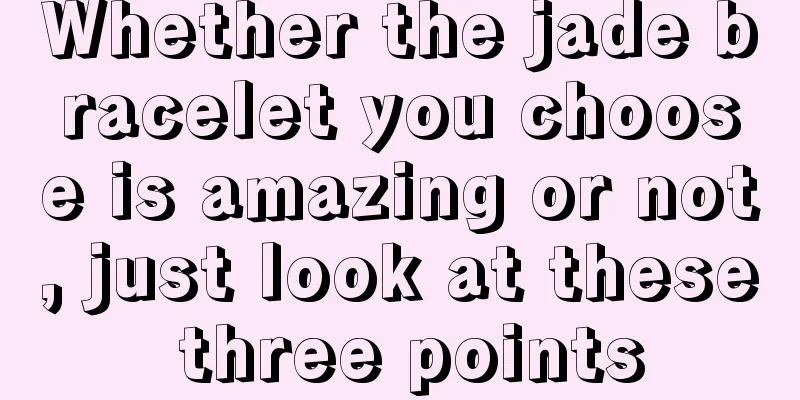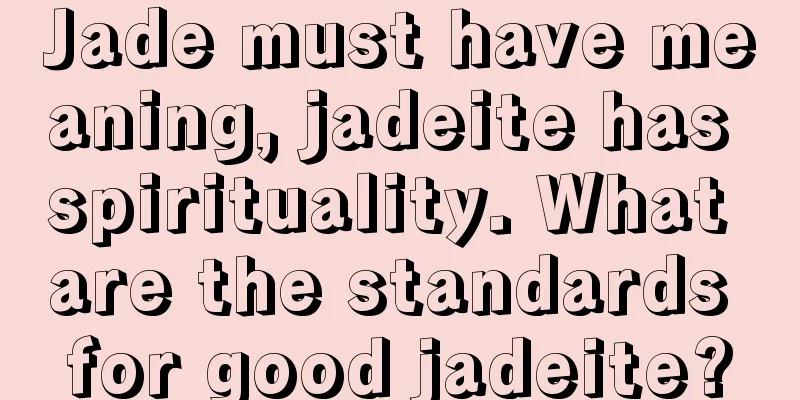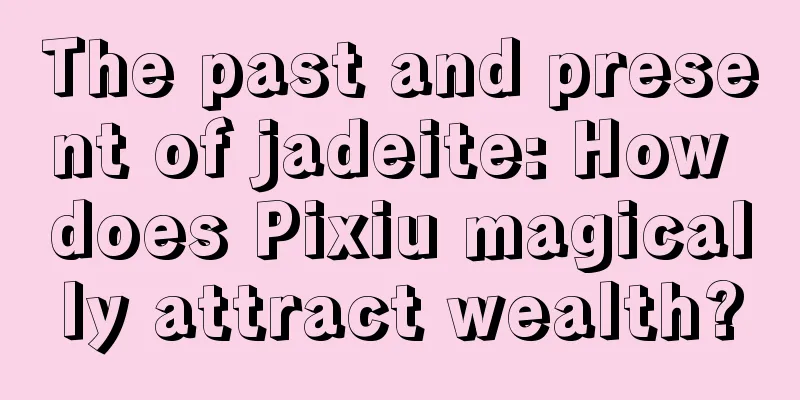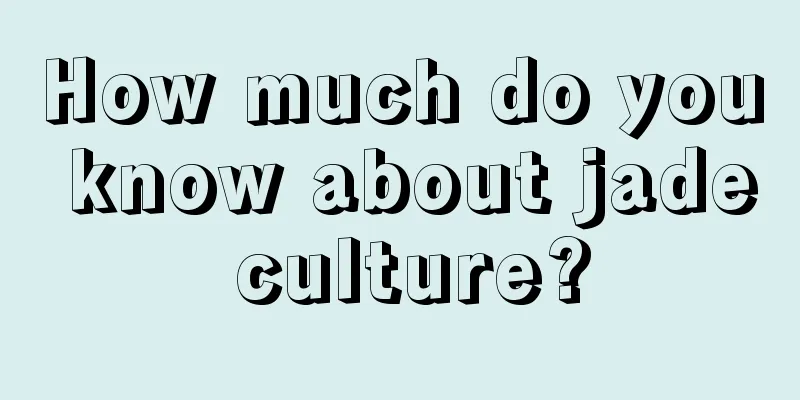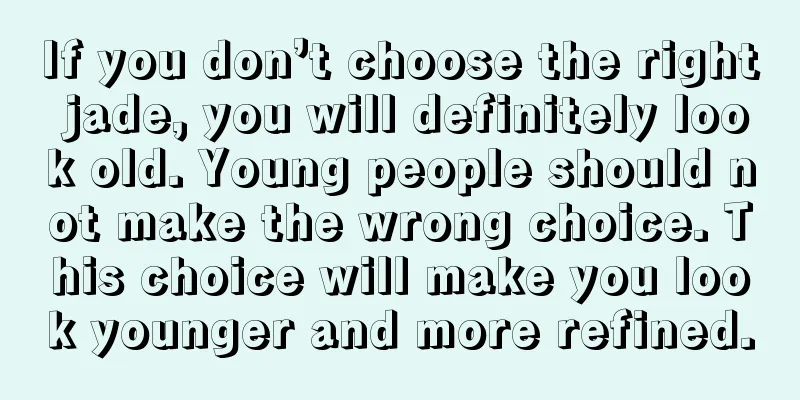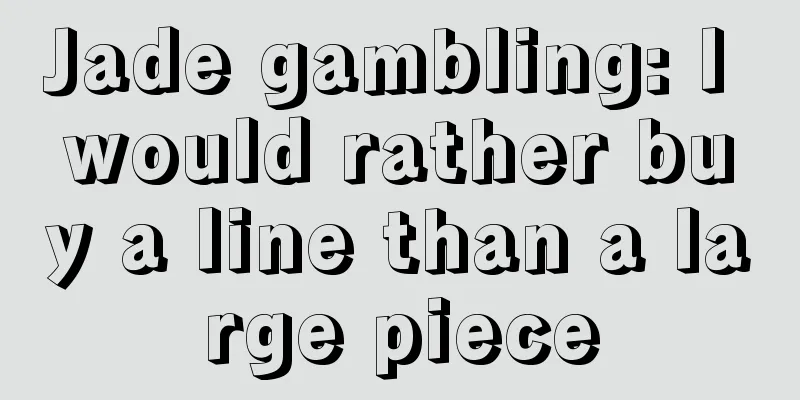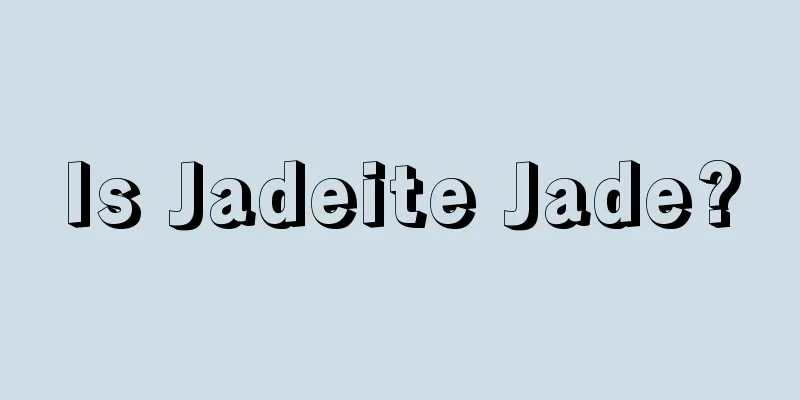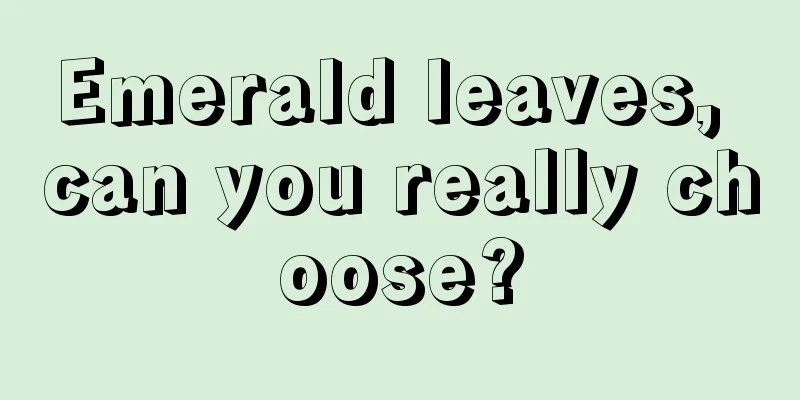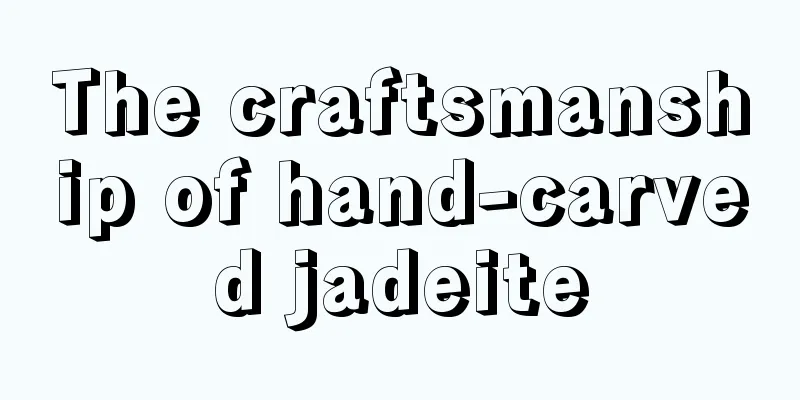Taking stock of the jade industry, the top five jade

|
If you are new to jade, you may find that when experts talk about the price of jade, they often use confusing words such as "big three", "middle four" and "small five". In fact, this is the terminology of the jade industry. It is the same in every industry. The jargon is a description of the price range of jade, and there is room for negotiation. Insiders like to use these words. Many people may be curious, why don’t people just use numbers to describe prices? Aren’t numbers more intuitive? This has a lot to do with the particularity of the industry. As the saying goes, "Gold has a price, but jade is priceless." The price of jade will change with different people, time, purchasing channels, and opportunities. Therefore, the price of jade is usually not fixed and fluctuates greatly. Therefore, when you ask jade experts to give you an appraisal, they usually will not give you an accurate number directly, and this is not absolute. Although the pricing of jade products varies, the standards for judging the value of jade in the industry are consistent, and quality determines the value of jade. Experts usually estimate the value of jadeite based on its type, water, color, and workmanship, which is what we often call jadeite appraisal. As we all know, jade has very rich colors, but green is the most important, followed by purple, yellow, red, etc. The color of jade can be bright, deep, or thick. Therefore, any subtle difference will result in different prices for jade. The carving of jade is also very important. Plain jade is good, but it also requires very high carving. The polishing should be delicate and the grinding should be careful, otherwise the plain jade will not be so beautiful. If we encounter some jade with more elaborate carvings, we should observe it more carefully. The key point is to see whether there are any flaws in the complex carvings. At this time, it would be appropriate to use terms such as "big three", "small four", "medium five" to describe the price range to reply to the person asking the price. In this way, the approximate range of jade prices is given, the error will not be too large, and it will give people a more intuitive feeling. As for terms like "big three", "middle four" and "small five", we should break them down into two words, namely "big three", "middle four" and "small five". Among them, the first word "big", "medium" and "small" refers to the size range of the numbers. The number range for "small" is 1, 2, 3, the number range for "medium" is 4, 5, 6, and the number range for "large" is 7, 8, 9. At the same time, in some cases, we will also encounter the situation of "small five and three open". So what does “three openings” mean? First of all, "Xiaowu" is in the range of 10,000 to 39,999 yuan, and "Sankai" refers to 30,000 to 39,999 yuan within this range. By analogy, the quotation range for "40% to 60%" is 6,000 to 6,999 yuan, which is more detailed. This way of quoting may seem a bit complicated to outsiders, but it will be fine if you understand it carefully. The jade industry is indeed profound and extensive. fcgc66 fcpf18 |
>>: Teach you how to distinguish B and C grade jadeite
Recommend
As a jade novice, what should you know most if you want to invest in jade?
Man takes care of jade for three years, and jade ...
Let’s analyze the value of jadeite together! Is investing in jadeite feasible?
The ancients believed that jade was a stone from ...
Secrets only known by insiders: Four steps to distinguish between A-grade, B-grade and C-grade jadeite
Friends who have been to scenic spots know that t...
The finest blue water jadeite that I have collected for many years is now available on the market. The moment I saw the finished product, I was intoxicated!
Blue water, a type of jade that was forgotten by ...
There is a kind of jade, called "elegant to the extreme"
There is a kind of jade, called "elegant to ...
Jade's "Craftsman" Spirit
Jade is judged by its "type, water, color, t...
It turns out that these jade skins are easy to produce jade with good color
The "skin" of jadeite refers to the wea...
An inconspicuous piece of jade color material has turned into a fine product through this carving!
This is an ordinary small colored material from H...
Detailed explanation on how to identify jadeite ABC goods
First of all, we need to distinguish between A-gr...
Have jade at home but don’t know whether it’s real or not? A few tips to help you easily distinguish
With the continuous development of the economy, p...
Admiring a piece of emerald violet rough stone
The extremely rare emerald purple can be said to ...
What should you pay attention to when choosing a jade pendant?
The price of jadeite ranges from a few hundred to...
First understand the true meaning of jade, then choose the right jade jewelry
Nowadays, the times are developing faster and fas...
See the beauty of jade described by poets and appreciate the bracelets in rhetoric
Is there anything more fascinating than an emeral...
Which one is more valuable, colored but without bottom or bottom without color?
When jade experts talk about jade, they often men...
